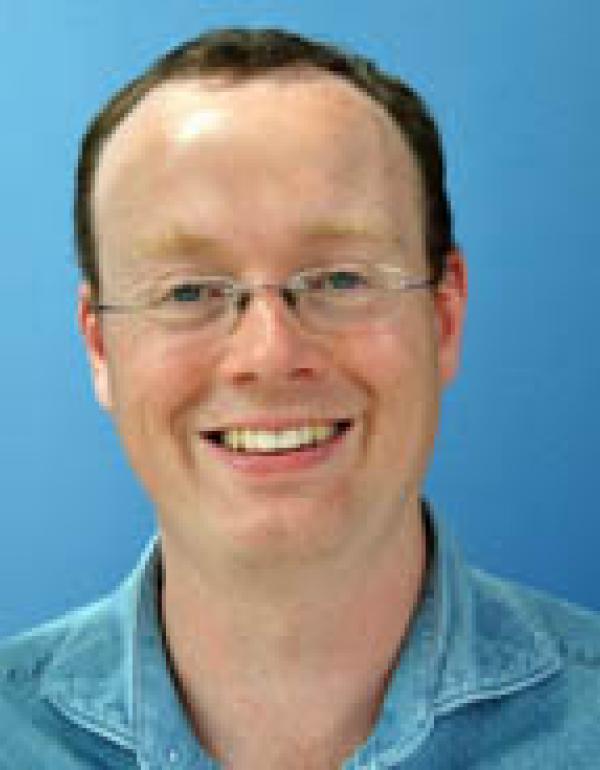
OpenTox Virtual Conference 2022
Improved compound response prediction with scalable 3D human iPSC-derived cardiac microtissues
The sensitivity and accuracy of human-induced pluripotent stem cell-derived cardiomyocytes (hiPSC-CMs) as disease models would be improved by generating models that more closely resemble the adult heart. Various 3D cardiac models have been developed that bridge the limitations of conventional 2D models, but can be highly variable in their responses and require high cell numbers along with complex equipment. As a result, this restricts their suitability for use in high throughput screenings.
We have shown that a tri-cellular combination of hiPSC-derived cardiomyocytes, endothelial cells, and fibroblasts in 3D cardiac microtissues (MTs) enhances cardiomyocyte maturation. Furthermore, the method is inexpensive and requires low numbers of cells per MT. We are now establishing strategies for scalable production and evaluation of MTs. To test the predictivity of MTs compared to conventional 2D monolayers, we performed a blind screen of 12 reference drugs with each having a specific mechanism of action that affects contractility. Some challenging drugs such as PDE3 inhibitors were wrongly classified using 2D models while correctly identified in 3D MTs. Overall, the blind screen in MTs resulted in 92% of drugs being accurately classified, thus showing improved predictivity of drug responses compared to 2D models.
The procedures are also amenable to automation. Using robotics, a 384 well plate of MTs can be formed in <2 minutes, and show similar morphology and functionality as manually seeded MTs. Consequently, 3D cardiac MTs hold great potential for cardiac disease modeling and high throughput screenings.
CV: Richard is an Assistant Professor in the Department of Anatomy & Embryology at the Leiden University Medical Center where he leads a research team that uses human pluripotent stem cells to study cardiac development and genetic cardiac diseases. He obtained his Ph.D. from Monash University (Melbourne, Australia) during which he developed strategies to perform targeted genetic modification of human embryonic stem cells, as well as robust differentiation protocols toward mesodermal cell types. This was followed by postdoctoral training in the group of Professor Christine Mummery where he applied these techniques to cardiac cell types. The main focus of his work is to use PSCs to model cardiovascular diseases for potential clinical applications, particularly in terms of risk stratification and drug sensitivities. Through gene editing, panels of isogenic PSC lines can be created that differ only at particular genetic sites. These models can then be used to predict the pathogenicity of individual genetic variants and learn more about the mechanism underlying the disease phenotype. Ultimately, this knowledge will help improve individual risk stratification and patient-specific pharmacotherapy. The work in Richard’s group is supported by an ERC Starter’s Grant and an NWO VIDI fellowship.
